Newfoundland Hike: St. John’s to La Manche Provincial Park
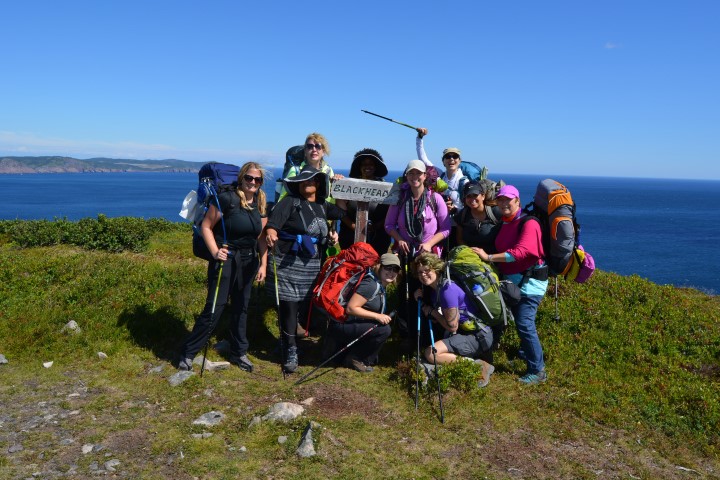
Hiking the East Coast Trail in Newfoundland
Newfoundland Hike: St. John’s to La Manche Provincial Park
What I Wish I Knew Before Hiking the East Coast Trail
By Carolyne Whelan
While it felt like a miracle at the time, that seven of us made it out of the woods of the East Coast Trail in Newfoundland, Canada together was the product of skill, perseverance, spirit, and teamwork! I lamented over laughter that this was something that only crazy people would sign up to do; hike from St. John’s down to La Manche Provincial Park. We had originally planned to hike to Cape Broyle, and then shortened it to Brigus, but by the time we pitched tents by the idyllic La Manche suspension bridge and swimming hole, we knew to quit while we were ahead. All in all, we walked roughly 54 miles (87 kilometers) from Blackhead to La Manche (minus a small section or two where we shuttled around and a couple of walks through towns and day hikes).
Originally 17 women had planned to hike together, but only 11 actually started together on the first day. Then 2 left the group on the first day due to unforeseen circumstances (this is one tough hike), and later 2 more had to stop on the penultimate day due to a foot injury; so there were 7 remaining to hike out together and meet our shuttle back to St. John’s. While I wouldn’t necessarily do anything different (what doesn’t kill us makes us stronger, right?), I definitely learned some things on the hike that will be useful for others, and that I’ll keep in mind for group hikes to come.
LESSONS FROM THE EAST COAST TRAIL:
- Always bring a detailed topographical map: Even if your trip leader says you don’t need them. Even if they are expensive. Even if everyone else has one. Your leader may have to split from the group to care for a hiker who is injured or walking at a different pace. You may be split from your group or find yourself off course (I will raise my hand here in shameful admittance). You might have a walking buddy whose maps got ruined by rain or fire. Even if your trail is clearly marked, as the East Coast Trail is for the most part, having something with topographical and campsite information proved crucial to getting us to shelter. Better still is to study the topo map at home, prior to the trip. Had we done so, we would have seen more clearly how difficult a hike it is, especially for those who live in flat regions. We would have seen how perilously close to the edge the trail dares at times. Hopefully it doesn’t change your mind about hiking, but does grant you permission to bring an extra bar of chocolate, because you know you’ll feel like you deserve it.
Hiking the East Coast Trail in Newfoundland
- An experienced guide can be a valuable investment: No one on our hike had trekked the trail, so even looking at the maps we had little idea what to expect. The maps showed topographical changes and provided helpful insight into what was to come, but it often paled in comparison to the real challenges. A proper outfitter can provide important knowledge about the trail, and how its conditions and challenges affect your group specifically. The guide can also help with first aid and knowing exit strategies in case someone needs to leave the trail. Had we worked with an outfitter, whether or not they had come on the trail with us, we would have planned some of our days differently so that we would have more time. The biggest instance of this oversight was hiking Motion Path to Spout Path. The first part of the hike was very manageable, though there was some significant climbing. We took two long breaks, one at a scheduled lunch spot at a restaurant, and the next at a meeting point with our savior, Carolyn Cook, who works at The Outfitters shop and provided us with some new hiking poles when some of ours broke. Had we known the trail was to become much more difficult during the second half, we would have taken shorter breaks and not allowed ourselves to become so spread out along the trail or get into camp so late at night. Our last hiker was setting up her tent around 10:30 PM; we would have preferred to all be settled in by 6:30 PM at the latest.
Hiking the East Coast Trail in Newfoundland
- Share the load: While my gear (BioLite stove, ENO hammock setup) may have been eccentric compared to the rest of the group, I found I had just enough food to not have to ration and without burdensome extra weight, and I had just the right amount of clothes to stay warm and dry, albeit a bit stinky by the end. There were many things that were shared, like chocolate and bug spray, but so much more could have been shared if we had planned on doing so from the beginning. Many people brought two-person tents that offered shelter to people whose sleeping quarters failed or weren’t ideal for a particular campsite (like my hammock in the bog, for example). Everyone had her own stove and fuel reserve, but ended up using each other’s out of convenience. We each had a water filter, but ultimately shared a few of the most efficient ones, such as Carolyn McCarthy’s Platypus Gravityworks 4.0 liter filter, and shared the burden of carrying the water. In our situation, it is hard to say how we would have planned out the sharing of gear, having not known each other well before the trip. But for future adventures, such as my cycling adventure down the continental divide next year, I plan on sharing as much gear (and its weight) as possible. We may only need one kettle, for instance. Everything in a backpack may not feel like a lot of weight in itself, but added up, it can become a burden.
Hiking the East Coast Trail in Newfoundland
- Take it for a test ride: It was through sheer luck that my Vasque boots I bought used at the REI yardsale were a perfect fit for me on this hike, as I continued training in my non-waterproof Merrells. The dehydrated meals I prepared myself had worked at home, but I added quinoa before hitting the trail, which has a longer cook time, and hadn’t tried the (unsuccessful) addition while I still had time to alter my choice. I also brought a few prepackaged meals I had never tried before, and while they were an interesting switch, they took so much time and effort to make that I would have left them at home, had I tried one out prior to the hike. A fellow hiker had a new tent, and while it was a high quality tent by a reputable brand, the clear plastic window in the vestibule unglued from the rain cover, leaving a huge open hole that exposed her to the rain, wind, and cold of night. Many people’s hiking poles broke. Equipment failure is something that happens, especially under the weight of a multi-day strenuous trek, but it’s much easier to find and resolve an equipment weakness at home or in town prior to hitting the trail than to try to work with the problem trailside.
Hiking the East Coast Trail in Newfoundland
- Can’t Stop Won’t Stop, if you can: We had such great momentum those first few days. Even after the stressful moments of the trail, we had bonded as a group and there was a lot of laughter between the blood, sweat, and tears. When we got to the lighthouse towards the end of Spout Path, the winds were gusting and the sun was low in the already foggy, drizzly sky. With limited visibility, the remaining section of the trail along the rocky, steep cliff was very unsafe due to the incredibly strong gusts (I have sturdy legs and was almost knocked down while surveying the area). We decided to take the Shoal Bay access road, to keep us out of wind cover. It proved to be equally challenging, wading us through mid-thigh waters with floating logs and no place to take off the pack. The road led us directly into town and we decided to take shelter in a nearby inn, and then took a day to recover, shower, and do laundry. After that break, the momentum was completely lost and people remembered mainly the wet bog and the frustrating elements, rather than the devastating beauty of the coastal trail. As we walked on, the disillusionment was passive but palpable, and we ultimately decided to end the hike short while spirits were still high and we were still enjoying ourselves, rather than continuing on the downward slope. While it felt great at the time, had we not taken that break I feel we would have been more conditioned to push through the pain and frustration inevitable on a through-hike, thinking more clearly about the goals ahead rather than the showers and comfy beds we were leaving behind.
What I couldn’t have known prior to hiking the ECT was how epic the coast of Newfoundland is. Photos online do it no justice. The parts of the hike that were the most difficult were the most breathtaking, and there was no camera angle that would capture what we were experiencing. It wasn’t a strange feeling, having two cameras at my ready, bracing myself cautiously between a rock and a tree, to look around and see that there was no way a camera (at least my camera, with my skill) could contain the image and feeling around me. At those moments, I simply put the cameras back, took a deep breath, and stayed wedged in that secure spot a few moments longer, trying to burn that panorama in my mind, that feeling of accomplishment, the overwhelming sound of ocean against rock in an otherwise startling silence.
IF YOU GO:

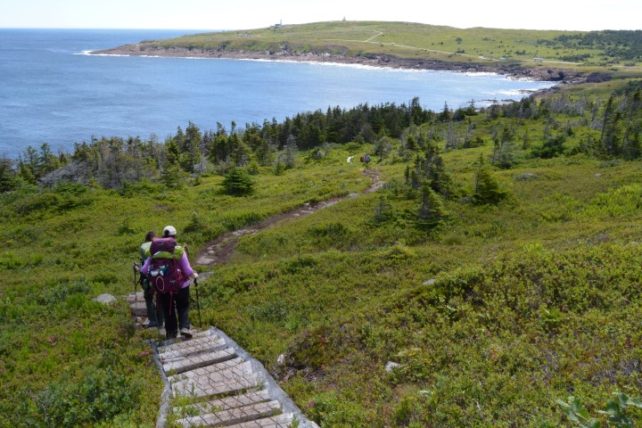
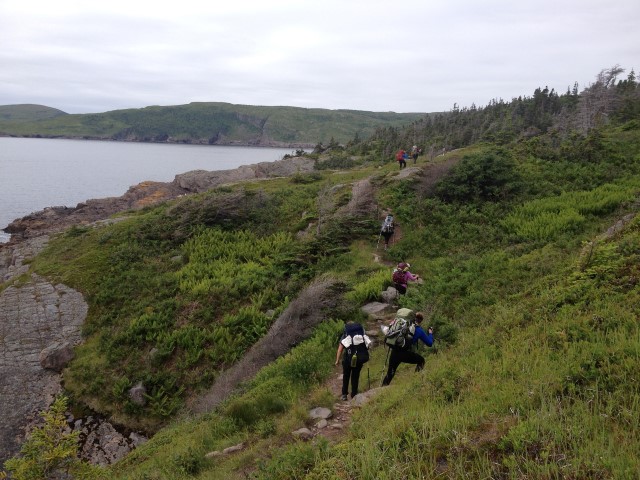
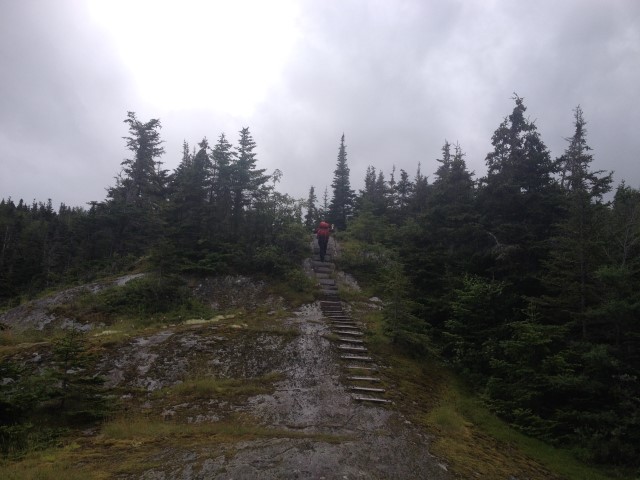
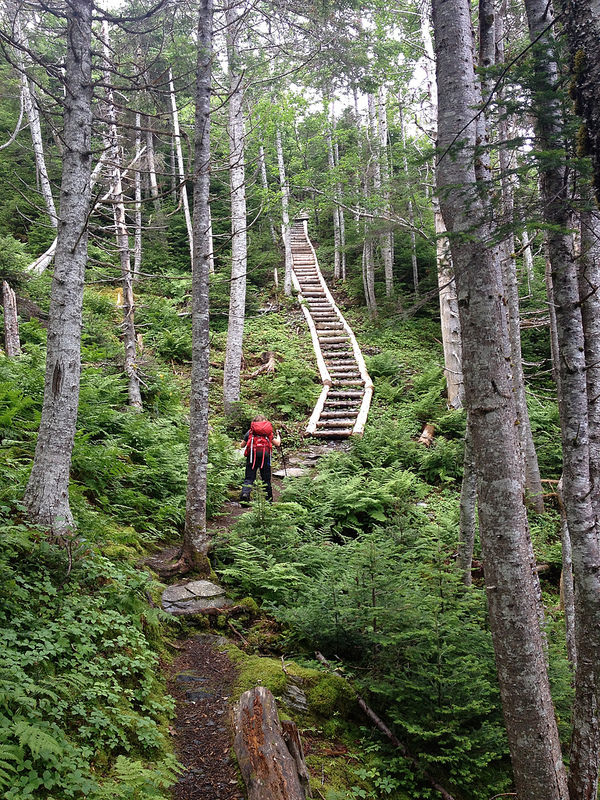
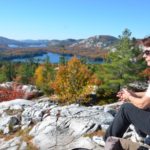








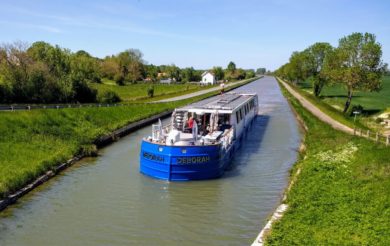
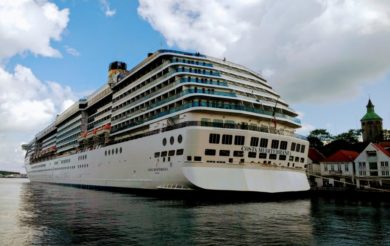
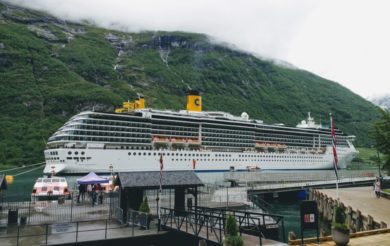
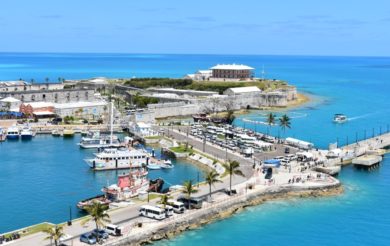




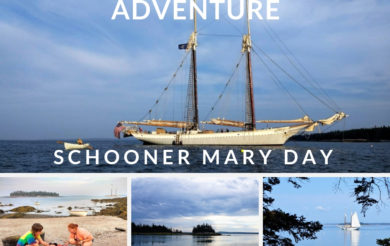
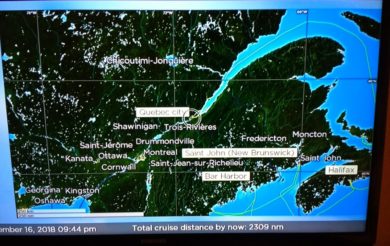


Pingback: An Authentic Life (and what that really means) | Roadside Fires Burning